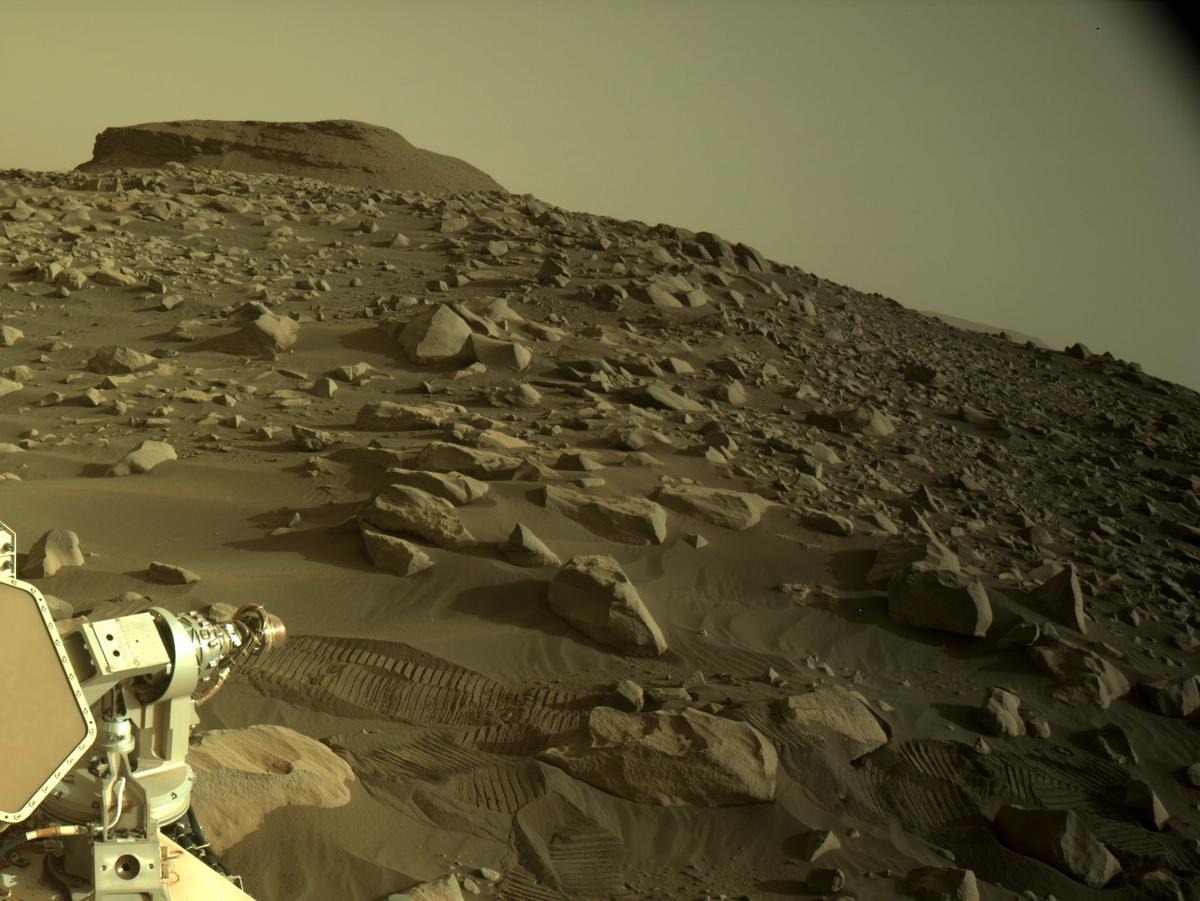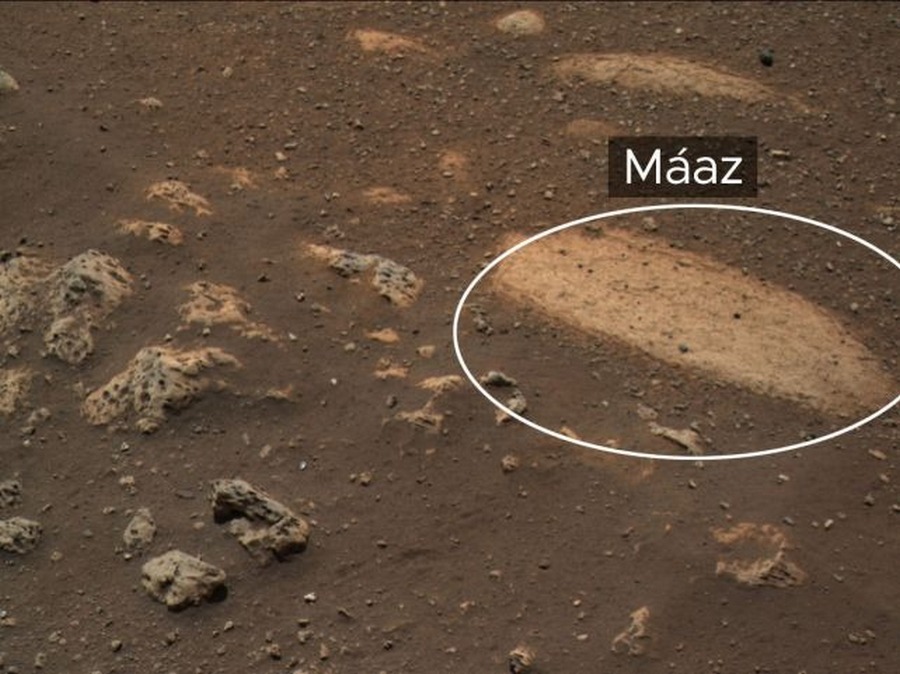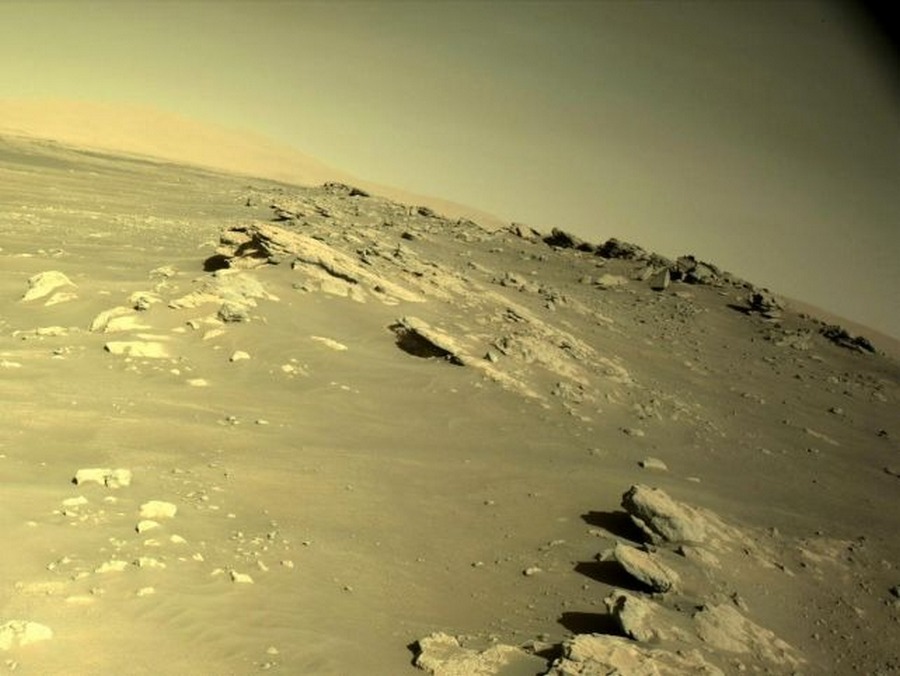Materials found in the rocks of the Martian Jezero crater indicate a wide distribution of organic matter on the Red Planet. Spectroscopic analysis carried out using instruments on board the Perseverance rover detected signs of hydrocarbon molecules in various rocks. Moreover, the detected molecules differ in quantity and type in different rocks.

This is not the first time organic molecules have been discovered on a neighboring planet. The Curiosity rover has also previously found them in Gale Crater. However, the new discovery suggests that the building blocks for life can be widely distributed throughout Mars and formed by various mechanisms.
“We have detected signals consistent with aromatic organic molecules in multiple rocks in the Jezero crater floor. We see at least four different types of fluorescence signals and three types of Raman signals that are possibly organic,” said astrobiologist Sunanda Sharma from the California Institute of Technology, who led the research.

Using Perseverance’s SHERLOC tool, Sharma and her colleagues performed Raman and fluorescence spectroscopy of rocks of the Máaz and Séítah formations, looking for signs of carbon chemistry. They not only found the desired signals, but also found key differences in the chemical composition of these rocks.
Although the exact molecules have not been identified, both formations show signs of water changes. This means that water could play a role in the formation of compounds, which is another important element for conditions suitable for life.

One of the main tasks of Perseverance is to find signs of suitability for life on Mars. The chemistry of carbon, of course, is not an indisputable proof, since there are many non-biological processes that can create carbon-based molecules. But carbon is essential for life as we know it, so carbon-containing molecules are one of the key aspects for assessing suitability for life. The ability of rocks to retain these molecules is also of great importance. These characteristics of the site may indicate that life may have originated or been maintained on Mars during a certain period of its history.
The team hopes that the widespread distribution of organic materials means their presence in the samples that Perseverance is preparing for the return to Earth by the Mars Sample Return mission. If this is confirmed, then one day we will have the opportunity to study them directly.
Earlier we reported on how James Webb found organic molecules near a protostar.
According to Nature
Follow us on Twitter to get the most interesting space news in time
https://twitter.com/ust_magazine

